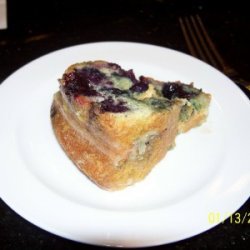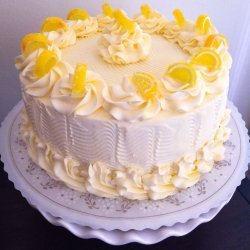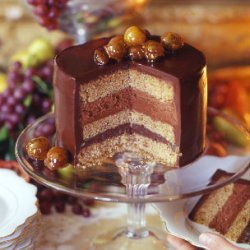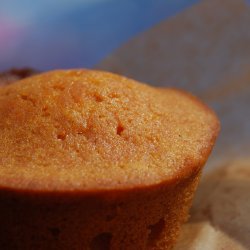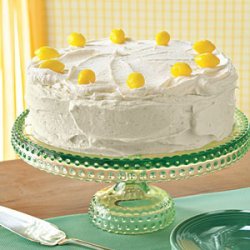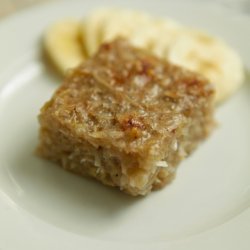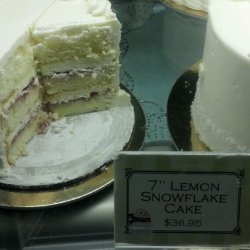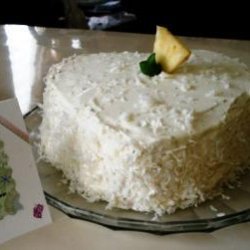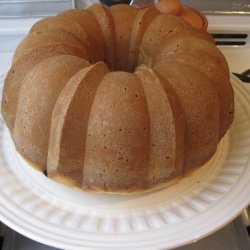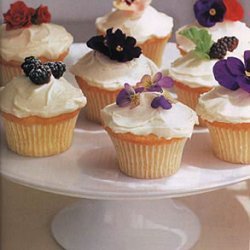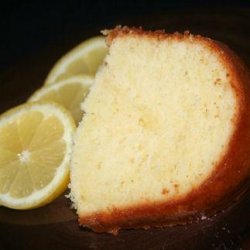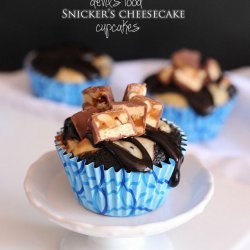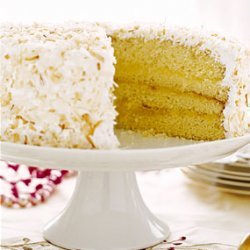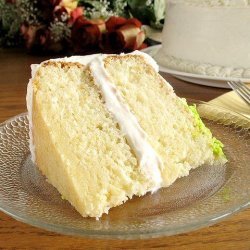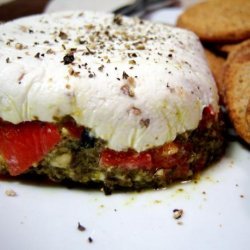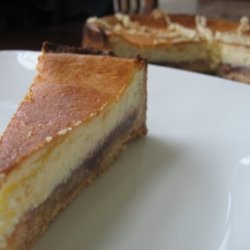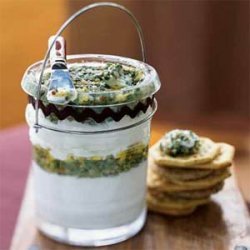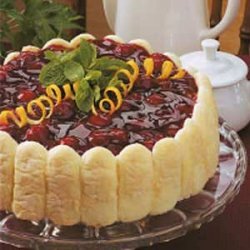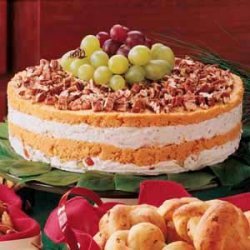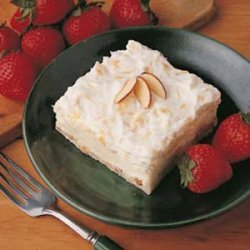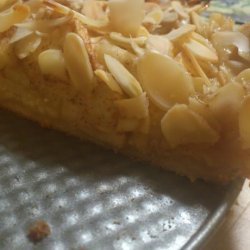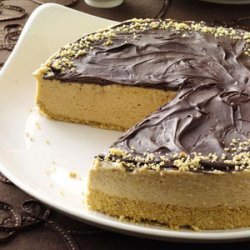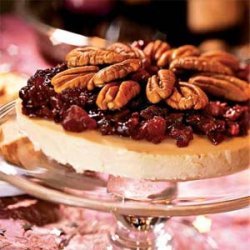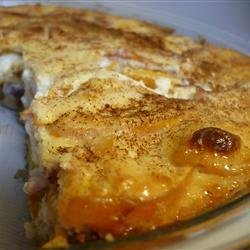Ingredients:
- pour the water into a 1 1/2 quart saucepan. add the sugar; stir to blend; then bring to a boil over medium heat. remove from heat and cool. pour into a container with a lid and refrigerate up to 6 months.
- combine the soaking syrup and lemon juice in a liquid cup measure. set aside.
Directions:
- Position rack in lower third of over 5 to 6 inches from the bottom and preheat to 350 degrees. Grease the bottom and sides of a 8-inch round pan with solid shortening. Dust generously with flour, tilt to distribute, then tap out excess, and insert a parchment or waxed paper liner.
- Pour the flour, 1 tablespoon sugar, and salt in that order into a triple sifter or sieve. Sift onto a sheet of waxed paper to distribute the sugar evenly and to remove any lumps in the flour, set aside. Melt the butter in a small saucepan over low heat. Pour into a 1 quart mixing bowl, and set aside.
- Crack the eggs into the bowl of a heavy-duty mixer. Add the 1/2 cup sugar, and whisk by hand to combine. Rest the bowl in a shallow pan, such as a 10 inch skillet, filled with 1-inch of water that feels hot to the touch (120 degrees). To prevent the eggs from setting, whisk them continuously for about 30 seconds. Now test if the mixture has warmed to body temperature, taking care that it does not exceed 110 degrees.
- Attach the bowl to the mixer, and with the whisk attachment, whip on medium speed (#5) until the mixture has cooled and increased considerably in volume (tripled or more), appears light in texture and almost white in color, and has thickened to the consistency of a whole egg meringue (about 3 to 4 minutes). Pour in the vanilla during the final moments of whipping. Test if it is time to fold in the flour by lifting the whisk. If some of the mixture falls back into the bowl in ribbons and remains on the surface, proceed. But if it sinks back into the batter right away, continue whipping for a few more minutes, or until the desired consistency is achieved. Then remove the bowl and its whisk from the mixer.
- With the aid of a flexible metal icing spatula, scoop up one third of the flour mixture, and sprinkle it over the top. Using a rubber spatula, fold the mixture into the batter just until incorporated. Repeat procedure two more times, folding just until all the flour has been absorbed.
- Gently pour about 1 cup of the batter into the melted butter, and with the rubber spatula, fold until combined. Return the butter mixture to reserved batter, and again fold to combine.
- Gently pour the mixture into the pan, taking care not to deflate the foam structure you have created. With a rubber spatula, smooth the top of the batter, working from the center outward, until a slightly raised ridge forms around the outside rim. (Since the cake bakes faster near the metal rim, mounding the batter around the edges assures a more evenly baked layer.) Bake for 25 to 27 minutes, or until the top springs back slightly when lightly touched, sounding spongy when tapped, and the sides begin to contract from the pan.
- Place the cake on a rack to cool for 5 to 10 minutes. With mitts, tilt and rotate the pan, and gently tap it on the counter to see if the cake is releasing from the metal sides. If not, or if in doubt, run a small metal spatula or the thin blade of a table knife between the outside cake edge and the metal rim, freeing the sides and allowing air to get under the layer as it is rotated. Cover the pan with another cooking rack, invert it onto that rack, and carefully lift the pan from the cake to remove. Slowly peel off the parchment liner, turn it over so that the sticky side faces up, and reposition it on top of the cake. Cover with the first rack, invert the layer right side up, and remove the top rack. Allow cake to cool completely.
- If you plan to assemble a dessert later in the day or the next, leave the genoise out, uncovered, on a rack to airdry. (Most genoises benefit from slight staling since they will absorb the dessert syrup more easily.) The theory behind using dessert syrup is twofold: It makes it possible to keep the dessert longer, and it adds to a complexity of flavors.)
- Cutting the Cake:
- The genoise is cut in such a fashion that its exterior is left intact, but a core is removed. Imagine a 1/2-inch thick border around the outside edge of the cake. Now, using the tip of a shortbladed paring knife, cut along the imaginary line with a sawing motion around the entire cake, stopping short of the cake's bottom by 1/2-inch. Loosen the 6 1/2-inch circle or inner core of the cake without disturbing the outer shell. Using a small serrated knife, such as a tomato knife, insert the blade into the side of the cake 1/2-inch from the bottom, creating a small slit. Keeping the knife horizontal and level, pivot the serrated edge in one direction, trying not to cut through the outer shell of cake. (This will eventually loosen the entire bottom of the inner core.)
- Remove the knife, insert it back into the slit with the serrated edge facing the opposite direction, and pivot the other way. Repeat three more times, rotating the cake a quarter turn each time. After completing four cuts, you should have loosened the core sufficiently to lift it out. Test it gently with a fork around the edge of the core; if you meet resistance anywhere, insert the serrated knife back into the nearest slit, and pivot the blade again. Be patient and keep pivoting as well as tracing the top circle, and soon you'll be able to lift the core with the aid of the fork.
- Remove the center core of the cake; it should measure about 6 1/2 to 7 inches in diameter and be about 1-inch thick. Place the core on a flat work surface. Mentally divide it in half horizontally. Now, using the paring knife, cut all the way around the side of the cake about 1/2-inch deep on that imaginary line. Slide a 12-inch knife into the cut. Holding the knife steady in that path, rotate the cake in a circle into the knife blade, cutting in a slow sawing motion all around, until the cake is evenly split into two 1/2-inch thick layers.
- Remove the top 1/2-inch layer, wrap it in plastic, and save for future use. Split the remaining 1/2- inch layer into two 1/4-inch thick layers, using the same cutting procedure as above. Remove the top 1/4-inch layer and set aside. (Use a removable quiche bottom to aid in lifting, if necessary.)
- In a 2 to 3 quart mixing bowl, manipulate the cream cheese with a rubber spatula until smooth. Gradually add the butter, stirring until smooth and homogeneous. Lastly, stir in the sour cream and lemon zest; set aside. Place the egg yolks in the bowl of a heavy-duty mixer and with the whisk attachment, whip them on medium speed (#5) until light in color and fluffy in texture (about 2 minutes). Detach whisk and remove bowl; set whisk close by to use later. Combine the water and sugar in a heavybottomed saucepan or sugar pot. Place over low heat, swirling the pot occasionally to distribute heat until the sugar completely dissolves (about 2 minutes). Keep a pastry brush in a small glass of water to wash down any sugar crystals that form along the sides of the pot. As soon as the sugar has dissolved, increase heat to high and boil until it registers 238 degrees (soft ball stage) on a mercury candy thermometer (about 5 minutes). Quickly pour the syrup into the center of the whipped yolks and whisk vigorously by hand to combine, using the mixer's whisk attachment. Reattach the bowl and its whisk to the mixer and whip on medium speed (#5) until the egg yolk mixture thickens, increases in volume, lightens in color and texture and cools to room temperature (about 4 minutes). Whisk into the cream cheese mixture until blended smoothly. Whip the heavy cream in a deep 1 1/2 quart mixing bowl until soft peaks form. Then fold into cream cheese buttercream. The consistency is soft and thin, but after refrigeration, the cream cheese and fat become firm to give the filling body and texture.
- Yield: 1 1/2 cups
Nutrition Facts
| Amount Per 1 Serving | |||
| Calories | 480.29 Kcal (2011 kJ) | ||
| Calories from fat | 155.8 Kcal | ||
| % Daily Value* | |||
| Total Fat | 17.31g | 27% | |
|---|---|---|---|
| Cholesterol | 179.84mg | 60% | |
| Sodium | 141.71mg | 6% | |
| Potassium | 89.6mg | 2% | |
| Total Carbs | 78.34g | 26% | |
| Sugars | 77.3g | 309% | |
| Protein | 5.95g | 12% | |
| Vitamin C | 3mg | 5% | |
| Vitamin A | 0.1mg | 3% | |
| Iron | 0.8mg | 4% | |
| Calcium | 47mg | 5% | |
| Amount Per 100 g | |||
| Calories | 250.19 Kcal (1047 kJ) | ||
| Calories from fat | 81.16 Kcal | ||
| % Daily Value* | |||
| Total Fat | 9.02g | 27% | |
|---|---|---|---|
| Cholesterol | 93.68mg | 60% | |
| Sodium | 73.82mg | 6% | |
| Potassium | 46.68mg | 2% | |
| Total Carbs | 40.81g | 26% | |
| Sugars | 40.27g | 309% | |
| Protein | 3.1g | 12% | |
| Vitamin C | 1.6mg | 5% | |
| Iron | 0.4mg | 4% | |
| Calcium | 24.5mg | 5% | |
* Percent Daily Values are based on a 2000 calorie diet. Your daily values may be higher or lower depending on your calorie needs.
Find out how many calories should you eat.
Get Your Recipe of Health!
Follow RecipeOfHealth on Facebook!


